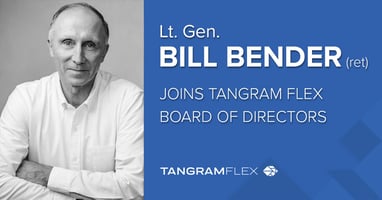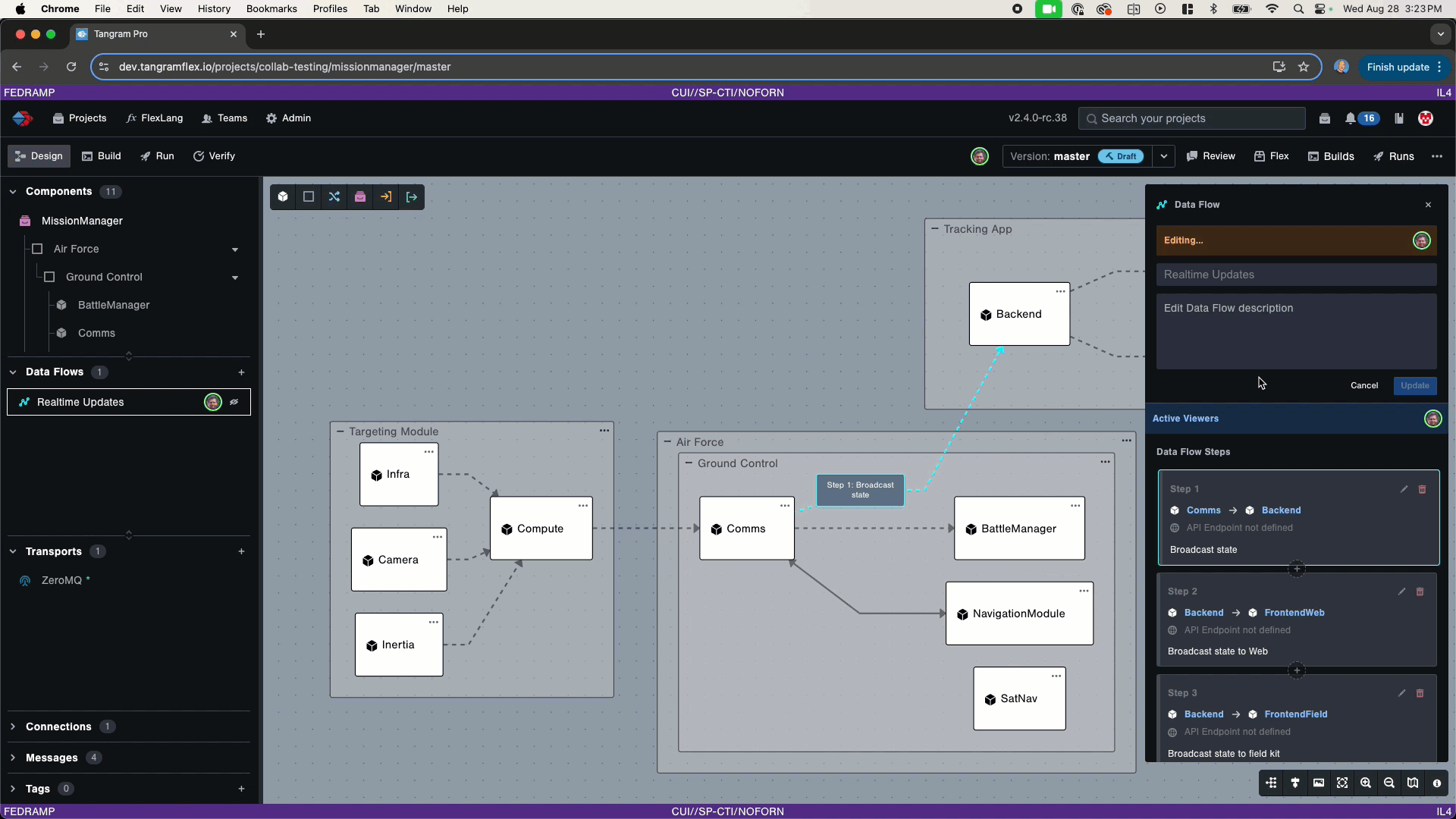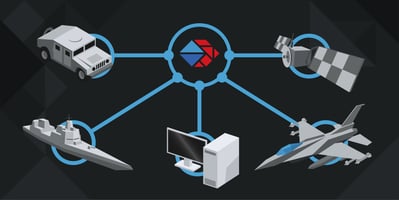Dayton, OH – [July 29, 2024] – Tangram Flex, Inc., a leading provider of software integration...
Tangram Showcases Adaptable Radar Interfaces in Navy’s Innovation Challenge
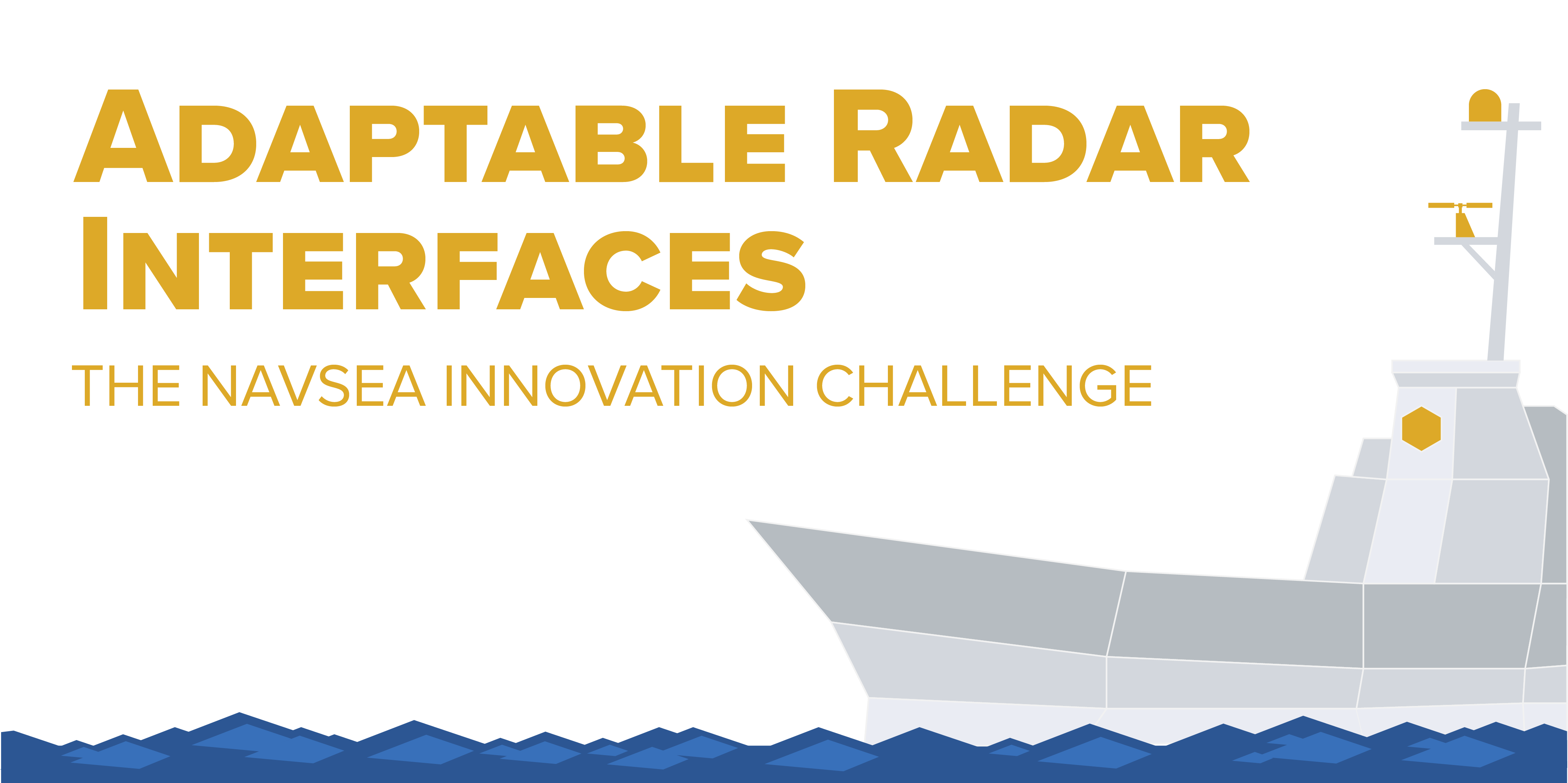
Radar systems are critical to the modern battlefield. Whether you are watching the air, sea, or ground, knowing where everyone is on the battlefield is critical for decision making. In the radar community, significant attention is often given to the radio frequency interface of the radar for good reason; technologies like advanced electrically scanned arrays (AESA) and synthetic aperture radar (SAR) are truly game changing. However, to rapidly integrate new radar systems onto existing platforms like ships and aircraft, the less-flashy track reporting interface – the interface that connects the radar to a display system that humans can interpret – is equally critical. There are no universal standards for this type of radar interface, which means that nearly every different radar system reports similar data in different ways. Because of these differences, incorporating new radar systems onto platforms is not “plug and play”; there is a time-consuming integration effort required.
The Navy needs new approaches to rapidly integrate radar capabilities onto existing ships. With these challenges in mind, the Naval Surface Warfare Center Dahlgren Division (NSWCDD) recently hosted the Adaptable Interface Innovation Challenge. The challenge sounds deceptively simple: make several incompatible radar receiver systems interoperable with a common display. Much of Tangram’s work to date has been with the Air Force, but when the Navy said “interoperability” and “rapid integration” of tactical message formats, they had our attention. Our experience has taught us that integration can be challenging, but we thought that Tangram Pro® would be up to this challenge. Spoiler alert: We were right. Tangram Pro was definitely up to the challenge!
Innovation Challenge
After a phase 1 whitepaper, Tangram was selected for phase 2 in which the Navy provided:
- A documented radar display format along with sample data files
- Two documented radar receiver formats along with sample data files
- A radar receiver format without documentation that had only sample data files
Our job was to get all three radar receivers providing target track information to the display, which meant converting each of the receiver’s track messages into the track message format compatible with the display. With approximately 6 weeks from getting the data to delivering integration, our team set to work.
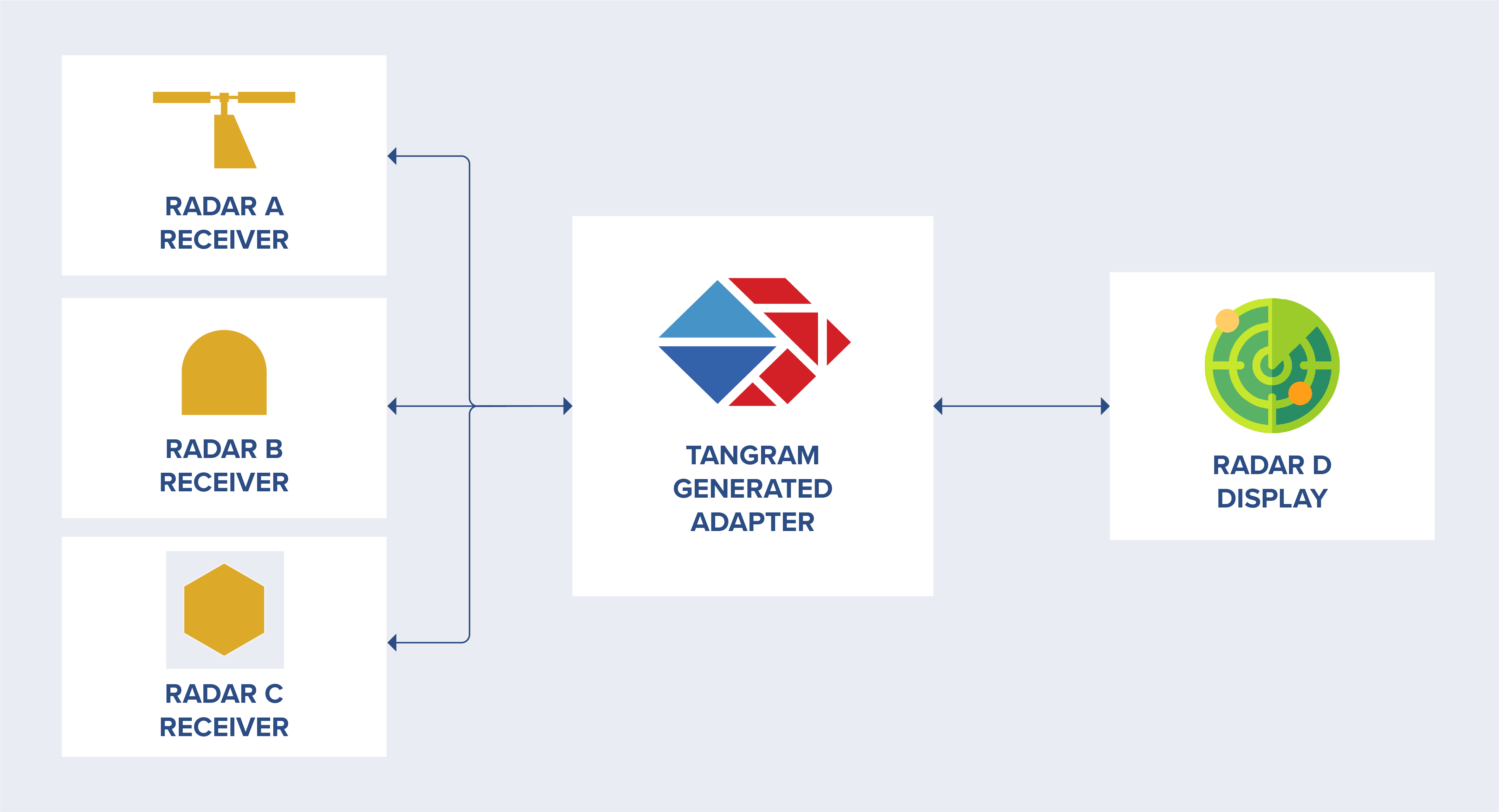
Using Tangram Pro Developer and the Flex specification language, our team quickly generated working adapters that could convert both of the documented receiver formats into the display format. The undocumented radar format first had to be reverse-engineered before we could develop the necessary adapter; ultimately we deciphered the provided hexadecimal-encoded binary data through a mixture of the flexibility of our tools (regenerating new variations of test code is easy with Tangram Pro), hand-crafted analysis tools for plotting and analyzing the provided data, generative AI, and manual hard work. With the format finally understood, we moved to the “bonus points” activities that included providing an adapter solution that could be run in a container or cloud environment (Tangram Pro has an “easy button” for both) and generating documentation for the unknown radar format (Flex serves as a machine-readable structured format for generating documentation). At the end of phase 2, we completed all of the stated objectives of the challenge, and we were proud of the effort our team had put forward and how well our tools had performed.
We traveled to Dahlgren for the final phase of the challenge with 12 other teams. All of us were given yet another undocumented radar receiver with only sample data files and just 24 hours to transform it into the display format. We set to work reverse engineering the data format and generating the adapter. Our team rose to the technical challenge of building the adapter very quickly. Using Tangram Pro Developer we were easily able to turn what we knew about the new receiver format into the display format, in a containerized application ready for local or cloud execution, with generated documentation accurate to our current understanding of the data format.
As the hours went by throughout the day and the night, our understanding of the mystery data format increased, but ultimately reverse engineering some of the data fields proved unachievable within the time given. We adapted the fields we understood from the new radar receiver to the display, but the fact that we were missing a few data fields meant that the challenge prize went to another team. We weren’t the only ones who got stuck, though; we found ourselves in good company with most of the other teams, some of which included significant radar system domain expertise. While we would have preferred to have fully reverse engineered the data format, our team is proud of the fact that our technical approach worked very well throughout the competition.
In conversation with other participants and observers after the fact, it became apparent to us that the other teams had hand-crafted, purpose-built solutions whereas we had brought an automated, general-purpose approach that can solve the problem. A hand-crafted, purpose-built solution works fine for integrating radar systems once, but purpose-built solutions are usually difficult to scale quickly to a broader set of systems. For the Navy this means that a purpose-built solution might work fine to integrate a single radar on one ship, but a different radar on a different ship would require a different purpose-built solution. Navy leadership repeatedly stressed the need to deploy capability faster in their keynote addresses during the challenge. Tangram believes that our general-purpose, automated solution to integration and interoperability can scale to meet the Navy’s need to deploy new systems on existing ships faster. We believe that a general-purpose solution is the way to go.
Takeaways
As CTO, I took several things away from our experience in this event. One of them is that our technical approach worked really well in a new challenge domain. We had never used Tangram Pro with radar target track data before, but it proved capable of handling this kind of data with ease. Not only could we generate adapters to convert the data, we could also do it in a digital engineering environment in which pushing a button can generate documentation for new data formats and adapter code that runs in containers. Another big take-away for me is that our technology, which has cut its teeth solving drone control interoperability problems with the Air Force, appears ready to address integration and interoperability challenges for the Navy. Of course we will continue to support our Air Force partners, but we’re excited about the chance to grow that partner list with the Navy and deliver more capability to the warfighter faster. I’m proud of what our team accomplished in a very short time in this event, and I am even more excited to see where we can go from here.
Ultimately, this challenge was a lot of fun for us. Through this challenge, we’ve shown that we are ready to address these radar integration challenges, and we are eager to pivot to real systems soon. Ultimately our warfighters deserve the best capabilities we can give them, and Tangram is excited to help to make that happen!


